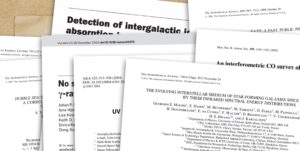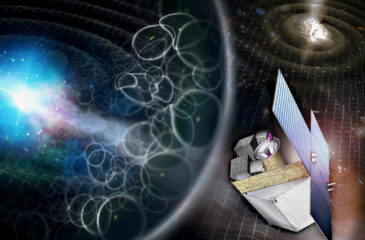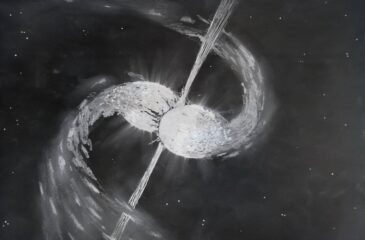Post Tagged with: "Kilonovae"
-
Tre missioner tilbage i ESA’s kapløb om den næste medium-klasse rummission
Sidste år tilmeldte 27 missioner sig konkurrencen om at blive ESA’s næste “medium-klasse” rummission. Nu er kun tre tilbage, inklusiv THESEUS-missionen med deltagelse fra DAWN. Det foreslåede rumfartøjs mål er at afsløre hemmelighederne bag stjerneeksplosioner i det tidlige Univers.
-
Three missions left in ESA’s race for the next medium-class space mission
Last year, 27 missions entered the competition for ESA’s next “medium-class” space mission. Now only three are left in the race, including the THESEUS mission with involvement from DAWN. The proposed spacecraft aims to unveil the secrets of stellar explosions in the early Universe.
-
Webb observerer den glødende aske af kolliderende neutronstjerner
Gammaglimt er kortvarige udbrud af den mest energirige form for lys, som når os fra det fjerne Univers. De har deres oprindelse i stjerneeksplosioner, men de præcise omstændigheder er stadig uklare. Nu har et hold forskere, inklusiv astronomer fra Niels Bohr Institutet, brugt rumteleskopet James Webb til at studere et gammaglimt, som viste sig at være det næst-klareste nogensinde. Studiet, som netop er blevet udgivet i Nature, afslører skabelsen af grundstoffet tellurium, hvilket ikke er set før.
-
Webb observes the glowing embers of colliding neutron stars
Gamma-ray bursts are brief flashes of the most energetic form of light, reaching us from the distant Universe. They have their origin in stellar explosions, but the exact circumstances are still debated. Now a team of researchers including astronomers from the Niels Bohr Institute has used the James Webb Space Telescope to study a gamma-ray burst, which turned out to be the second-brightest ever seen. The study, which has just been published in Nature, revealed the creation of the element tellurium which had not been recognized before.
-
-
-
-
-
-



